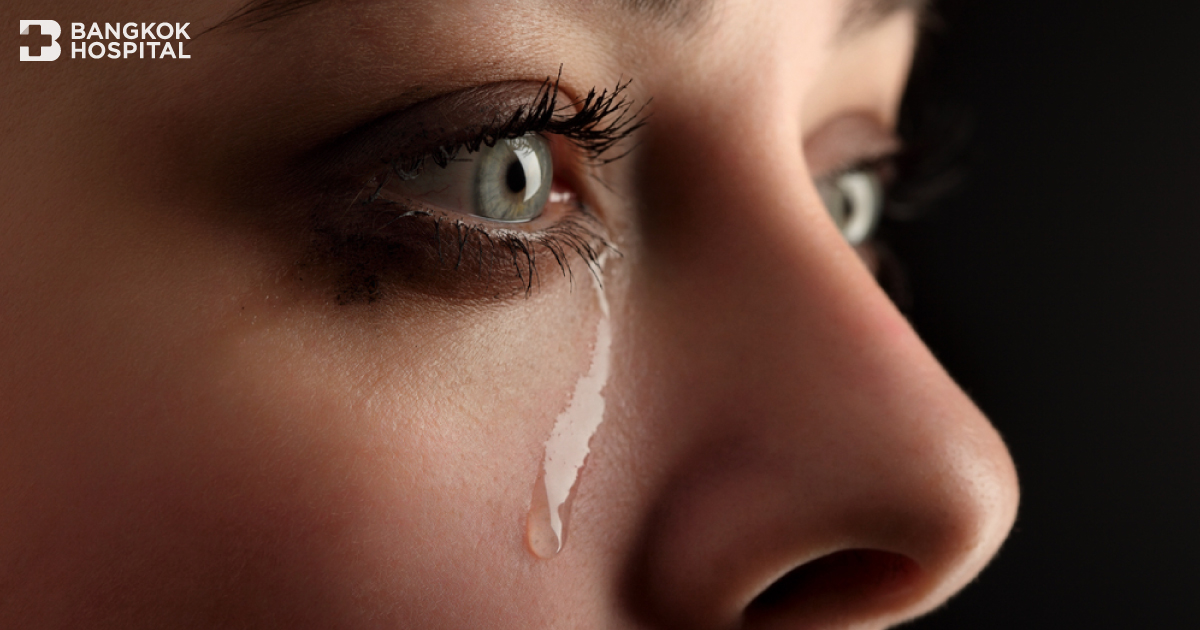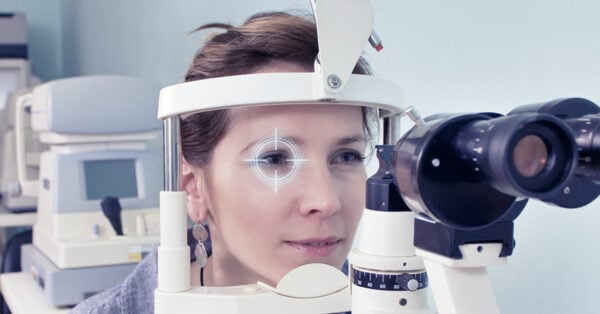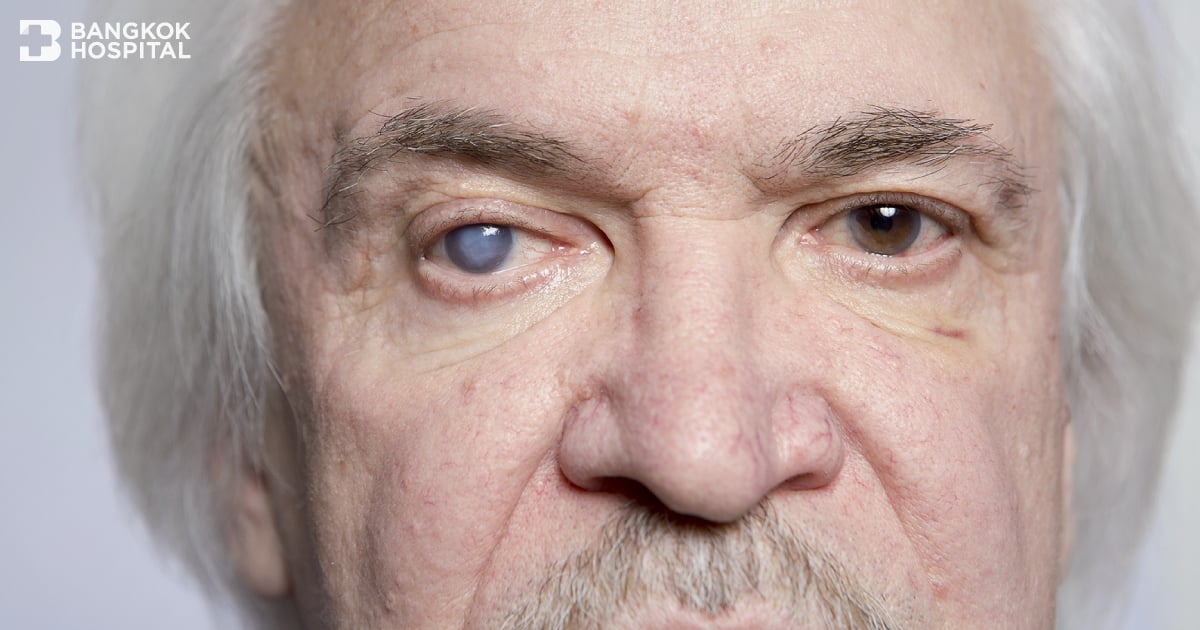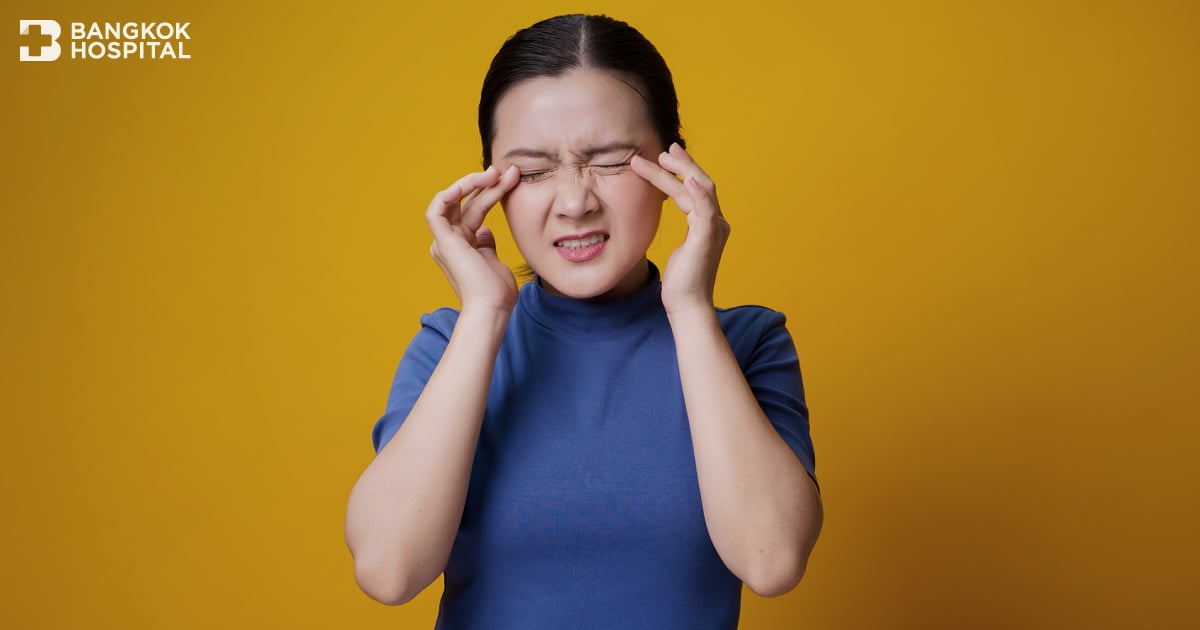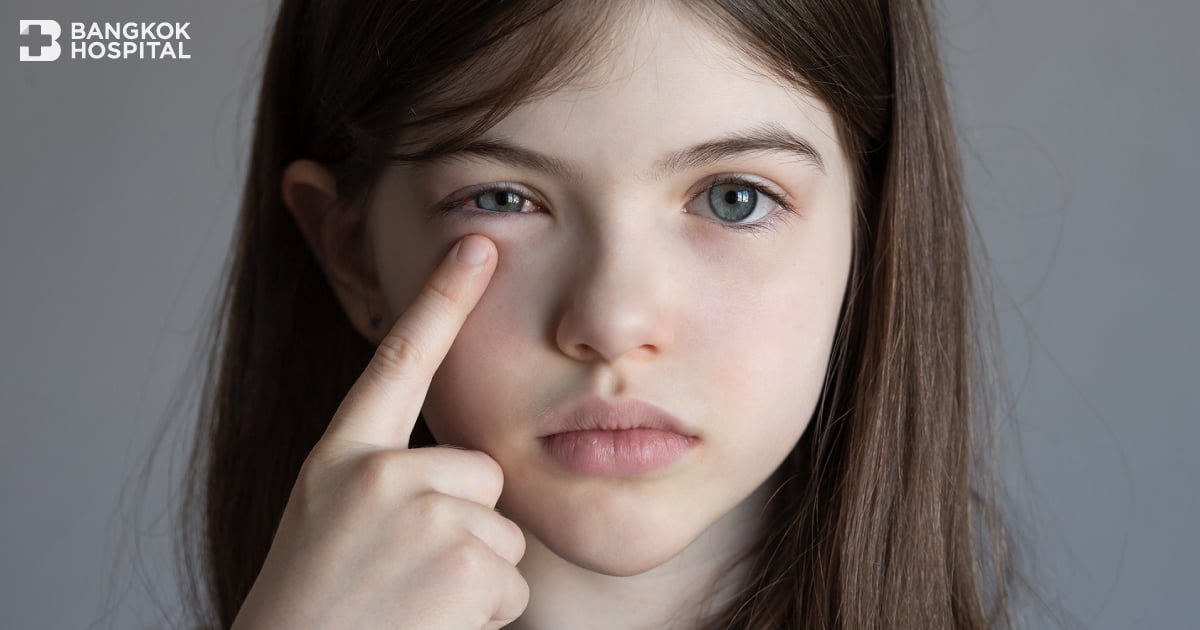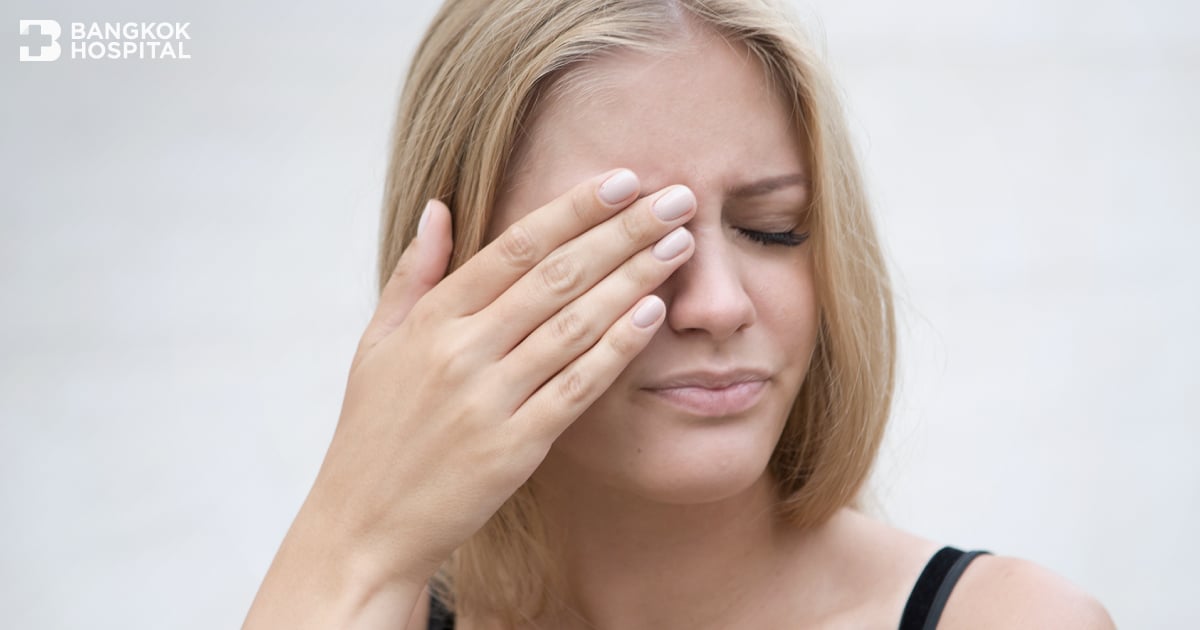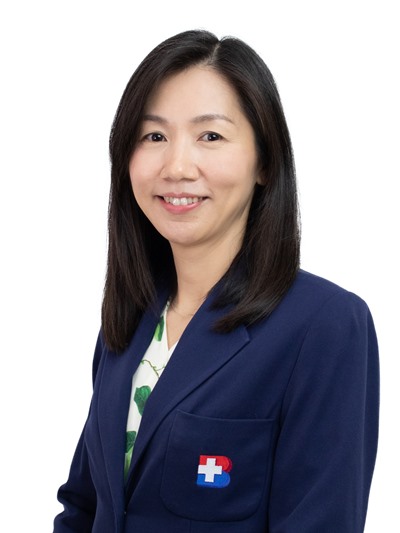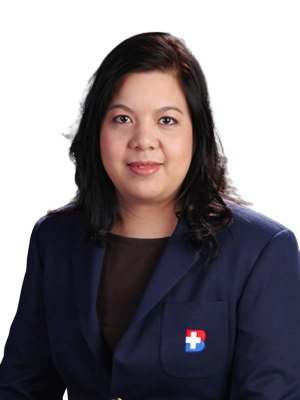Glaucoma is one of the serious eye issues that can lead to blindness, and what many may not know is that glaucoma does not have early warning symptoms, its cause is unclear, and once affected, vision could not be restored to its previous state even with treatment. Therefore, during the World Glaucoma Week held in March annually, I hope everyone pays attention and becomes aware of glaucoma. Importantly, regularly check for glaucoma with an ophthalmologist to be promptly treated.
Dr. Kesarin Kiettisawee, an ophthalmologist specializing in glaucoma, Bangkok Hospital said, “Glaucoma can occur at any age, especially between 60 – 70 years. According to the Glaucoma Society of Thailand, in 2017, there were more than 65 million people worldwide with glaucoma, and it is estimated to increase to 76 million in 2020 or 2023. Interestingly, the trend shows that acute glaucoma patients are getting younger.”
Understanding Glaucoma
Glaucoma is a disease that leads to optic nerve degeneration and vision loss. Those affected often do not know they have the disease because there are no preliminary symptoms.
Types of Glaucoma include:
- Primary Glaucoma includes:
– Open-angle type (Primary Open-Angle Glaucoma), which can be normal pressure or high pressure
– Angle-closure type (Primary Angle-Closure Glaucoma), which can be acute or chronic
- Secondary Glaucoma
Is due to other causes, such as eye injuries, diabetes affecting the retina
- Congenital Glaucoma
Found in newborns to 3-year-olds, caused by genetics or other factors
Risk Factors for Glaucoma
- Long-term use of steroid eye drops
- Eye injuries, such as blunt force trauma to the eye
- Genetics, having a family history of glaucoma
Symptoms
- Eye pain
- Tearing
- Blurry vision
- Seeing rainbow halos around lights
If it is acute glaucoma, symptoms may include severe headache, nausea, and vomiting, which are relatively common in Asian women.
Treating Glaucoma
Even though glaucoma cannot be completely cured, its progression can be controlled under the care of an ophthalmologist. The main methods of treatment include:
- Medication
Includes eye drops, oral medications, and injections, with the doctor monitoring the response to treatment closely
- Laser Treatment
Depends on the type of glaucoma, treatment is quick, and usually, medication is also required
- Surgery
Used when medication and laser treatment do not work. Surgery depends on the type and severity of glaucoma. It is crucial to understand that surgery is done to reduce eye pressure, not as a cure for glaucoma; the best outcome is to prevent worsening of the condition
Disease Severity
For patients with glaucoma, while the condition cannot be cured, treatment can control the progression. It is necessary to see an ophthalmologist every 3 months. Importantly, upon diagnosis, treatment should be sought promptly to avoid immediate blindness.
Diagnostic Testing for Preventing Glaucoma
Detecting glaucoma is crucial because the disease does not have early warning signs. Dr. Kesarin says, “Currently, glaucoma is found in people over the age of 30, indicating that in the future, the age of those affected will decrease. Therefore, if anyone is at risk or suspects that they have the disease, they should get an eye health examination immediately. For the general population, it’s recommended to get tested after the age of 40. With today’s technology, glaucoma tests, using Optical Coherence Tomography and Computerized Static Perimetry, can diagnose the disease accurately and immediately.”
In addition, in an era where smartphones have become a part of life, Dr. Kesarin adds, “The relationship between eyes and smartphone usage is another point I’d like to mention. If using a smartphone at night, lights should be on to make it easier on the eyes, and every 20 minutes to half an hour, a break of about 20 seconds to half a minute should be taken. It is also advisable to use preservative-free artificial tears to prevent dry eyes.”

